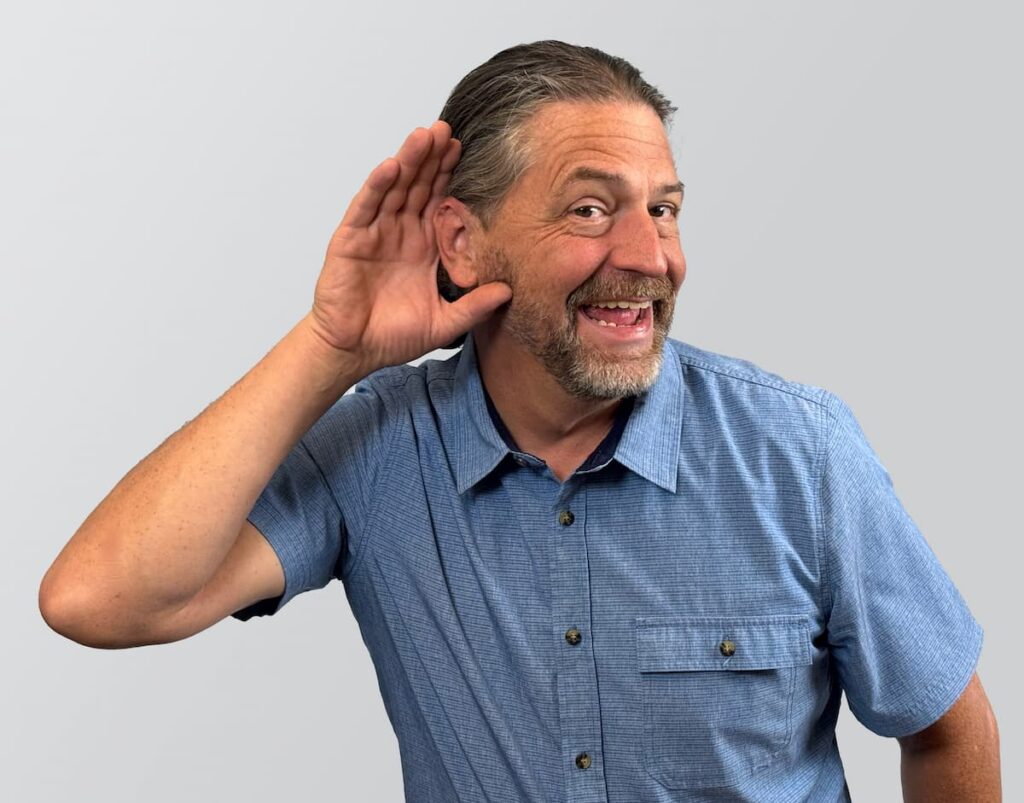Hello Friends!
Have you ever had the experience of overhearing someone saying something nice about you?
Doesn’t it feel great?

I just had the virtual equivalent of the “overheard complement” when I got copied on an email exchange between the legendary Dr. Jake Fratkin and one of his students who asked him about AcuGraph.
I’d like to share this email exchange with you!
Here are the relevant portions of that exchange, shared with his permission:
Subject: Re: Pulse or AcuGraph diagnostic?
Date: September 24, 2024
From: A.S. [email redacted]
Dear Dr. Fratkin,
My name is A.S. from Zagreb, Croatia. I’m a medical doctor, physical therapist, acupuncturist and ozone therapist working as a holistic practitioner trying to achieve a holistic approach to medicine as much as possible.
Lately, I’ve watched your lectures about meridian balancing both on your website (via Lotus Institute) and on the AcuGraph education site since I’ve been using it for a long time, from early AcuGraph 4 onward. I find your lectures extremely educational since I was trained in Chinese TCM style acupuncture which puts less emphasis on meridian balancing as you’ve said. Therefore, AcuGraph is a great tool, especially this “Divergent and Extra meridian” treatment option which I love to use frequently.
The question on which I still have not the answer is: when there is a discrepancy between pulse finding and AcuGraph reading of a meridian (i.e. pulse on ST meridian is weak or absent and AcuGraph shows excess) how do you decide which finding is relevant to decide to tonify or sedate that meridian? Pulse or Graph finding?
In my opinion you are one of the rare people with long experience of both approaches so I’d really like to have your opinion on that matter if you would like to answer me.
Thank you for your time.
Best regards,
A.S.
Dr. Jake Fratkin’s reply:
Subject: Re: Pulse or AcuGraph diagnostic?
Date: September 24, 2024
To: A. S. [email redacted]
Hello A.S., thank you for writing. I think highly of the 3 Level Protocol that I have been promoting on AcuGraph. I do it on all of my patients, and they report good results…
In answer to your question regarding pulse versus AcuGraph, I believe the AcuGraph to be more accurate. I used to teach Japanese Meridian Balancing, relying on pulse.
After 45 years of teaching both TCM herbal medicine and Japanese meridian balancing, I can honestly say that the level of pulse reading in the United States is not very good. Can someone do my 3 level balance with pulses only? I doubt it. I don’t see how. They can determine a prime pattern (sho) used in basic meridian balance, but I haven’t seen anyone use pulses to determine 8 Extra or Divergent patterns. The advent of the AcuGraph makes the 3-level balance possible.
For Divergent or 8 Extra patterns I rely on the AcuGraph approach. Patients achieve a deep relaxation on the table and their health complaints, with repeated treatments, go away. I have seen migraines go away on the table with my general approach, and without any local point treatment.
In answer to your basic question, I rely on AcuGraph rather than pulse. It clearly shows which channels are excess and which ones are deficient. And I believe this because as the patient comes back, the main patterns of imbalance basically repeat themselves, as they gradually get better. The real challenge for the practitioner is deciding which points to use. I rely on the recommendations that AcuGraph proposes for 8 Extra and Divergent, but I always play “mop-up,” making sure that the primary patterns recommended in Meridian Balance are also addressed.
Hope that helps. Thank you for writing.
Jake Fratkin, OMD
Author, Essential Chinese Formulas, Shya Publications, 2014
Author, TCM Case Studies: Autoimmune Disease, by Zeng, Fratkin and Wang, 2014
Author, Chinese Herbal Patent Medicines, The Clinical Desk Reference, Shya Publications, 2001
I really appreciate Dr. Fratkin’s insights, gained over a lifetime of study and practice, and I agree that the objective evidence provided by AcuGraph is a powerful way to recognize and treat patterns. Most of all, I appreciate “looking over the shoulder” of these two practitioners as they discuss the finer points of how to get the best results for their patients. I’m honored and grateful that AcuGraph is an integral part of the approach they discussed.
Thank you both for the excellent work you do, and for sharing it and brightening my day!
Dr. Adrian Larsen
To learn more about AcuGraph and how it helps you make better clinical decisions, visit this link: https://www.acugraph.com/
For more info about the divergent channels balance protocol, start here with Part 1:
https://www.miridiatech.com/news/2017/12/the-3-level-acupuncture-balance-part-1-the-treatment/
And finally, for Dr. Fratkin’s lecture on his 3-level balance protocol, click here:
https://learn.miridiatech.com/index.php/courses/the-acugraph-3-level-balance-with-dr-jake-fratkin/